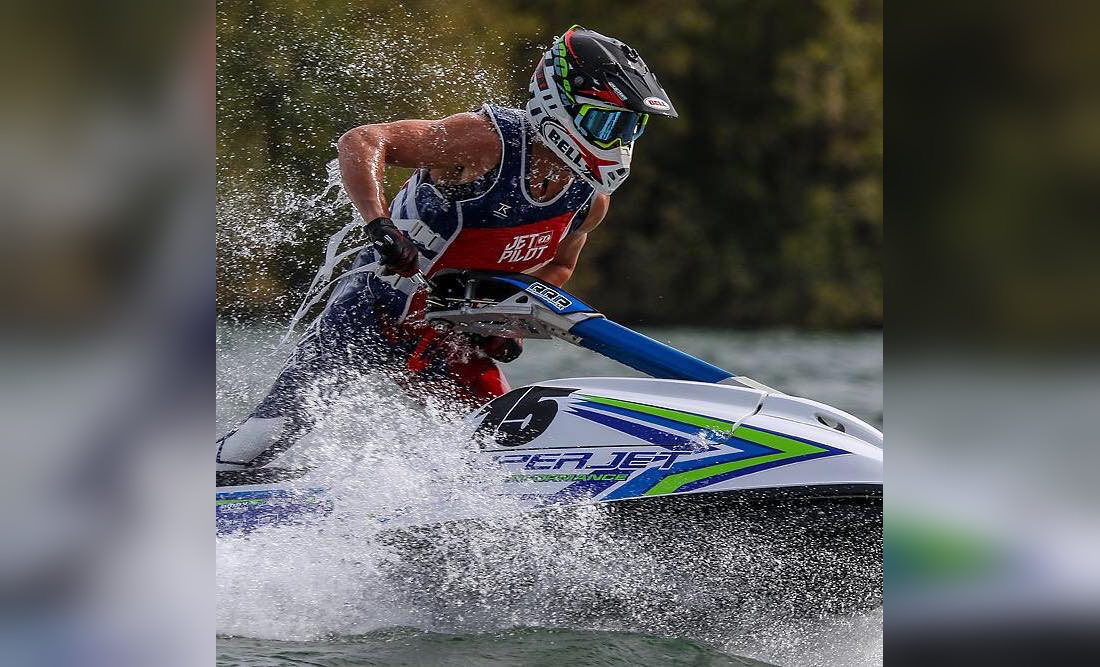Hopefully now, after having read the last few blogs we now have more of and idea what we want to get out of our training. We are hitting the gym in the Winter to win in the Summer.
After a Winter of building our aerobic fitness and foundation strength we should be looking to incorporate three of the most important components of any aspiring rider; agility, control and speed. When you are agile you have control, when you have control you have speed. When you have speed you win!
As we move towards the start of the race calendar we want to try illuminate as much heavy hypertrophy strength training as possible – Why? Arm pump! As we all know, arm pump is something we have all suffered from at some point. So why do we get it and how on earth can we stop it coming on during the final moto of the day?
This death crippling feeling we feel in our forearms is more specifically known in medical circles as chronic exertional compartment syndrome, more often suffered by non-riders due to the likes of carpel tunnel syndrome, tennis elbow, arthritis, shoulder and neck problems and the list goes on. With all of this said, have you ever stopped to think about the correlation between when you get arm pump versus what stage of your ride or race you are at? As riders heart rates start rising, more oxygenated red blood cells start pumping into your forearms trying to accommodate to the higher stress and workload on the body quickly. After not too long the body cannot withstand the pressure of the accumulated old blood cells and the pressure becomes too much. The fascia, which contains the nerves and muscles, isn’t elastic enough to cope with the additional pressure, this pressure being which creates the sensations of weakness and fatigue reducing your ability to grip the bars.
Another aspect, which can also reduce the onset of forearm pump, is hydration and nutrition. Staying hydrated not only on race day but the week leading up to race day can play an important role in reducing your risk of arm pump.
Caffeine, sugar, and other ingredients in energy based ‘sports drinks’ not only are a sign of poor nutrition, their ingredients will likely have you feeling dehydrated and cause you to eventually feel worst once the caffeine and sugar wears off causing a crashing effect. Although our sport is dominated by the energy drink and sports drink giants, they are not the best choice on race day if you take your racing seriously. Muscles perform at their best when they are well hydrated and properly fuelled. Hydrating the body should be a part of everyday life not something that is forced in a day before the race event or trial ride.
Something worth a mention, many professional athletes across all facets of sport claim to have a race day or competition day ‘secrets’ when is comes to nutrition and hydration. Without getting ahead of ourselves, I will say this, just because your competition has a tin of baked beans on toast on race day and you have muesli with fresh fruit doesn’t mean that just because they may be faster on track, doesn’t mean that their diet will work for you. Start looking at the bigger picture rather than just a single dimension of a rider.
“People aren’t doing well rounded training, but only one dimensional training by only riding a bicycle or only riding motocross. Motocross is asking you to be strong, stable, coordinated, balanced, have fitness, intensity, focus and balanced nutrition. You need to hit all of these points in your training, and that takes gym training, cardio training, motorcycle training and mental skills training. All of these things make a well-rounded athlete.”
– Ryan Hughes – Founder of Ryno Power Supplements.

